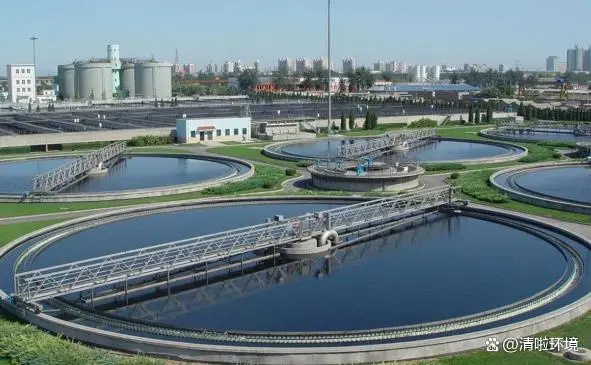How to deal with excessive ammonia nitrogen and total nitrogen in urban sewage treatment plants
When the total ammonia nitrogen in urban sewage treatment plants exceeds the standard, the following methods can be used for treatment:

Biological treatment of ammonia nitrogen: using biological bacteria to decompose ammonia nitrogen in wastewater. This is a mature process with good denitrification effect. In addition, microbial denitrification is also an effective method, which can convert ammonia nitrogen into nitrite, then nitrate, and finally convert it into nitrogen gas through microbial denitrification and discharge it into the atmosphere.
Zeolite and ion exchange adsorption method: Zeolite can adsorb ammonia nitrogen, while the ion exchange method uses exchangeable ions on the ion exchange agent to exchange with NH4+in the solution, thereby removing ammonia nitrogen.
Chemical precipitation method: mainly the ammonium magnesium phosphate precipitation method, which can effectively reduce the concentration of ammonia nitrogen.
Sodium hypochlorite oxidation decomposition method: Sodium hypochlorite can not only oxidize and remove ammonia nitrogen in wastewater, but also sterilize and disinfect. When the ammonia nitrogen in sewage treatment is not very high, sodium hypochlorite can be used to decompose it to 0.1ppm.
Fold point chlorination method: adding excess chlorine or sodium hypochlorite to oxidize ammonia nitrogen in wastewater into nitrogen gas. The processing efficiency can reach 90%~100%, and the processing effect is stable and not affected by water temperature.
Using ammonia nitrogen removal agents: Ammonia nitrogen removal agents are generally high molecular inorganic compounds with special structures, which have a high removal rate for ammonia nitrogen.
These treatment methods can be selected and combined based on specific wastewater quality and treatment needs. During the processing, attention should also be paid to controlling energy consumption and avoiding the generation of secondary pollution. At the same time, regular inspection and maintenance of processing equipment to ensure its normal operation is also an important measure to ensure processing effectiveness.


